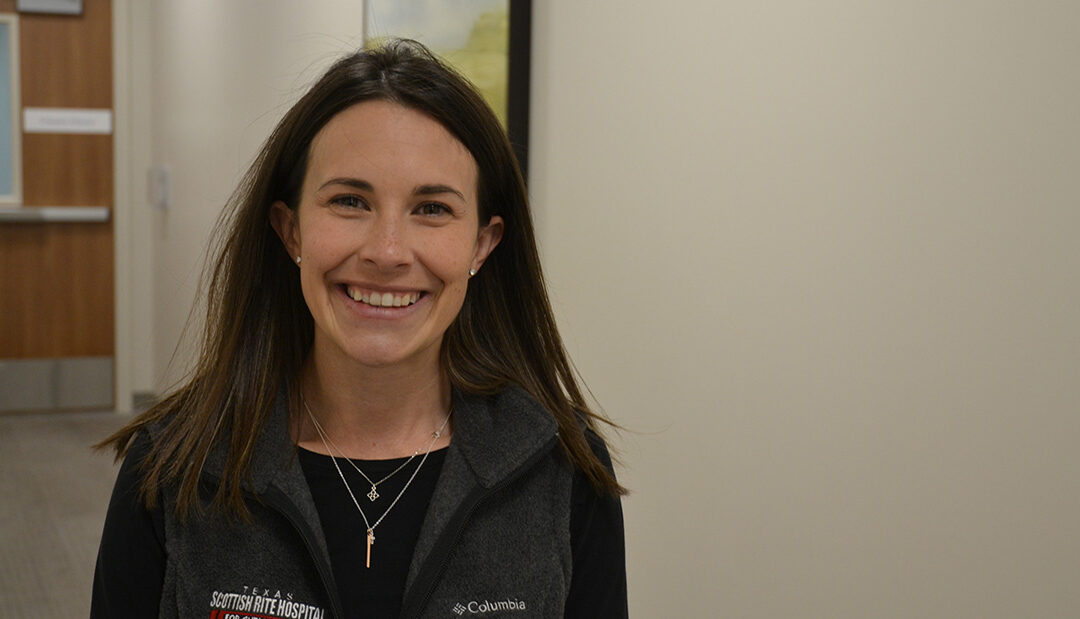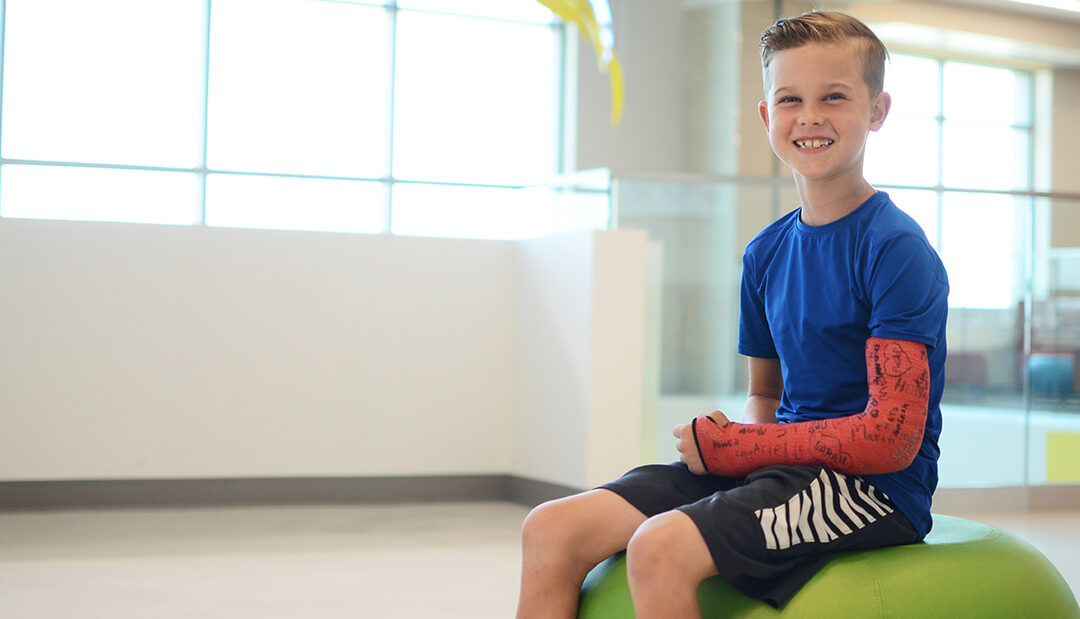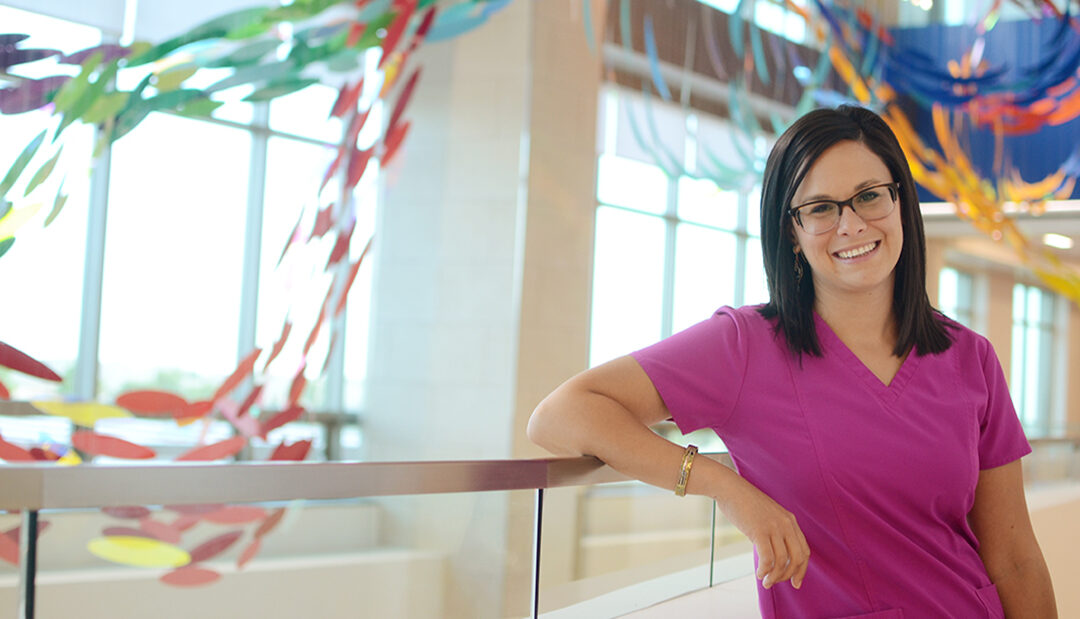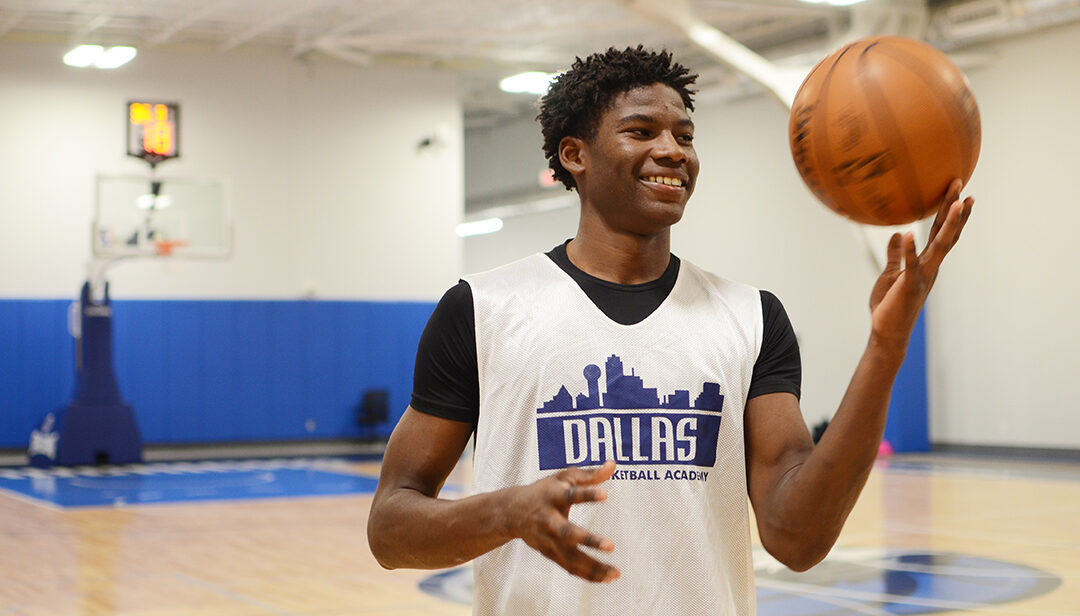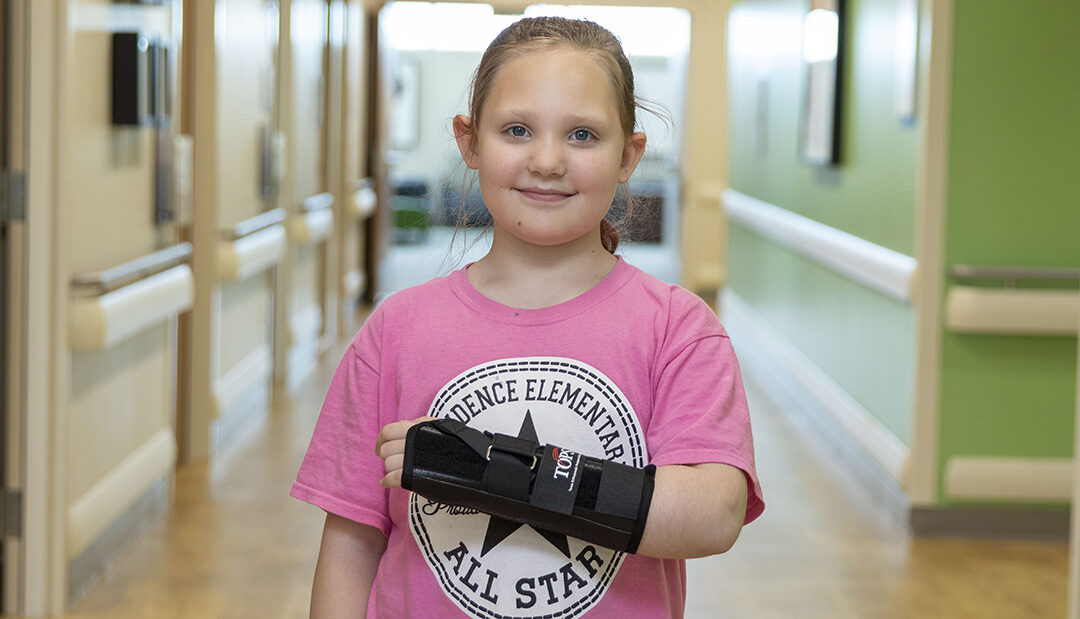
My Child Has a Buckle Fracture, Now What? – Fracture Clinic Tips
A buckle fracture, also known as a torus fracture, is a very common injury for children. Because pediatric bones are softer and more flexible than adult bones, one side of the bone may buckle (or bend) upon itself without disrupting the other side of the bone. These fractures are most commonly seen in the wrist and are often caused by a “FOOSH” (fall on outstretched hand) injury. Buckle fractures can also occur in other bones throughout the body.
These are common injuries that tend to heal quickly with low risk for complications. The typical treatment for a buckle fracture is aimed at keeping the patient comfortable while allowing the bone to heal. Sometimes this may include a cast or splint. Deciding which treatment is best for your child depends on the fracture pattern, the child’s comfort and the parent’s comfort level with the treatment plan.
Most buckle fractures heal well with no long-term complications. Our Fracture Clinic staff are experts at managing fractures in growing children. Learn more about our walk in hours and watch a video to learn what to expect when you visit our Fracture Clinic.

